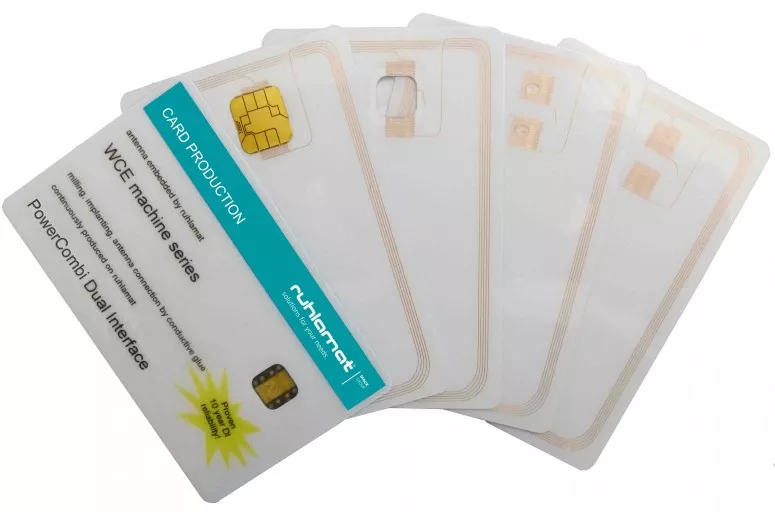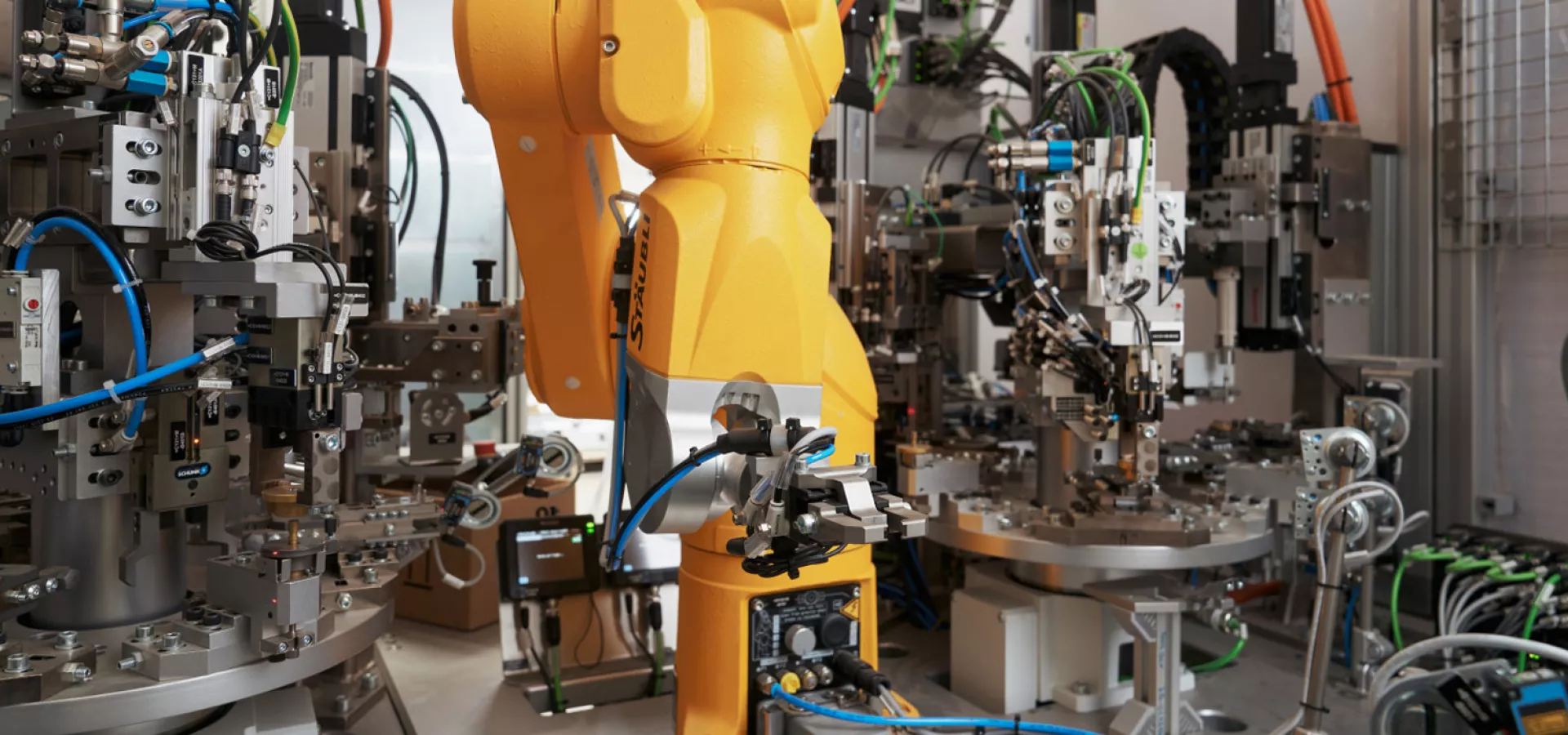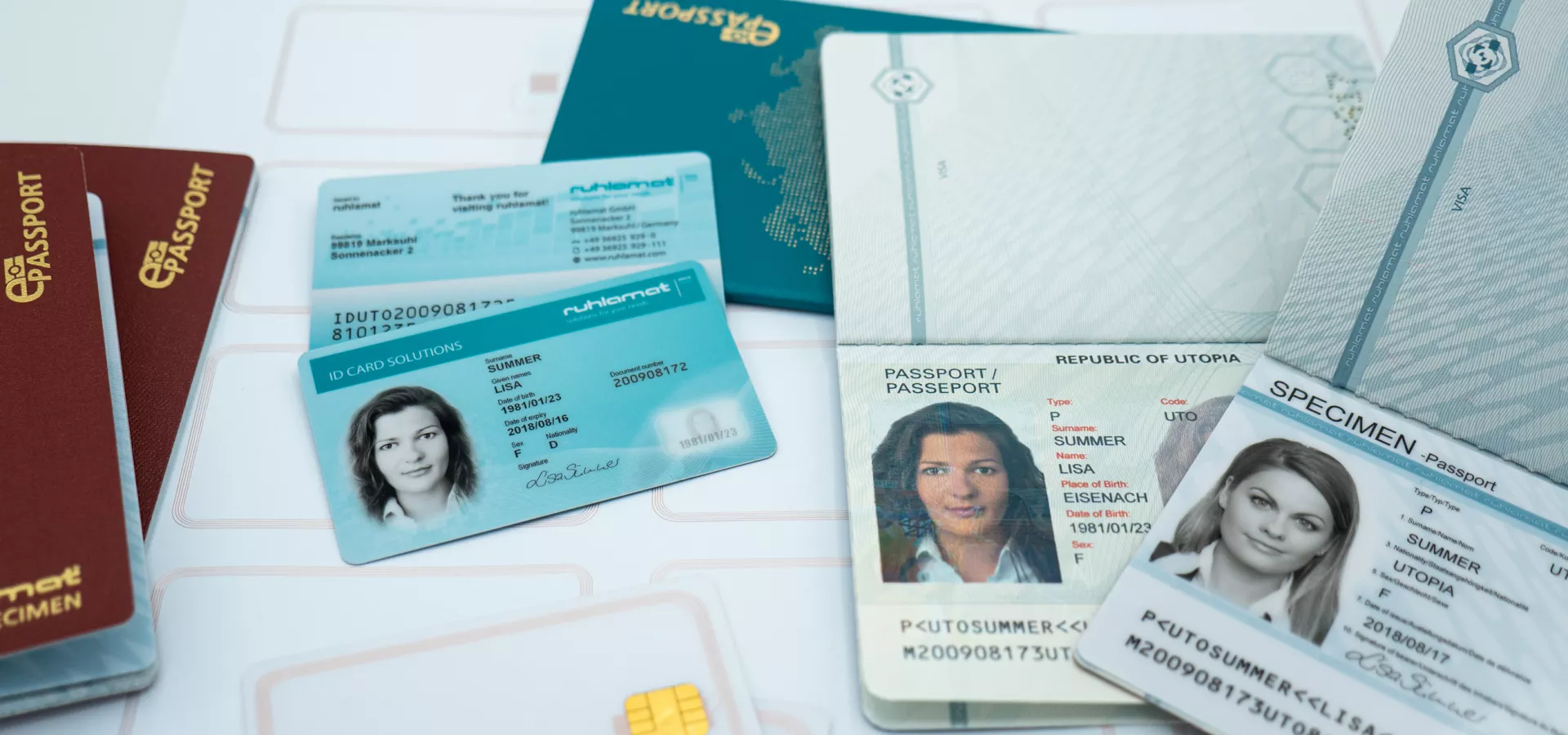
Dual Interface – Card Model for more Flexibility
When we talk about dual interfaces, we are usually referring to a specific type of smart card. A dual interface card represents the latest generation of security-optimized smart cards, although this type has actually been in circulation for several years. Dual interface cards combine the possibility of contactless as well as contact-based data transmission by means of a single chip. This makes them much more flexible than the familiar hybrid cards. Below, we provide an overview of the different variants of smart cards to highlight the special advantages of the dual interface card.

Contact-based or not - dual interface cards as problem solvers
Conventional smart cards are usually equipped with one of two possible interfaces via which data transfers can be made. Contact-based smart cards, as the name suggests, require direct (physical) contact with a corresponding reader. Only when this contact has been established can the data be transferred from the card. In contrast to this, so-called RFID chip cards are usually used, which make contactless data transmission possible. High-frequency radio waves or alternating magnetic fields emitted by the tuned reader are used to retrieve the data stored on the chip of the RFID card. For this purpose, the energy is picked up and decoded by the antenna integrated in the chip. At the same time, in most cases, the energy is used to power the chip on the card. Both types of cards are in circulation today and each brings with it individual advantages and disadvantages.
Combinations of contactless and contact-based data transmission options have been found for many years, primarily on so-called hybrid cards. These have a contact-based interface, such as a magnetic stripe, and an antenna for contactless data transmission. Hybrid cards are therefore characterized by the fact that they can transmit data via two separate interfaces. Dual interface technology thus represents the next step on the evolutionary ladder in a figurative sense: it combines both interfaces in just one chip. It has a chip module that simultaneously has a contact surface and an antenna to enable both variants of data transmission.
Advantages of dual interface smart cards of the new generation
Dual interface cards are already being used in many different areas because they impressively combine the advantages of previous generations of cards. Conventional contact-based smart cards always entail the risk of contamination of the interface. If this is damaged, the data on the card cannot be read. This in turn leads to complications for the cardholder. Cards with contactless data transmission, on the other hand, are limited in use in many places because the specific readout devices and technologies are not available everywhere. While the latest standards are already commonplace in many major cities and institutions, it is primarily regional and local service providers and businesses that still have their difficulties with contactless data transmissions. Dual Interface provides a solution to both problems: by combining contact-based and non-contact-based data transfer capabilities, Dual Interface for smart cards offers maximum flexibility and functionality in one. This also explains the versatile areas of application in which Dual Interface cards are already being used.
These include electronic identification cards, but electronic driver's licenses and health insurance cards are also equipped with dual interface technology. It is highly likely that further areas of application will be opened up in the future, as market research analyses have shown that demand for dual interface cards is growing steadily.


